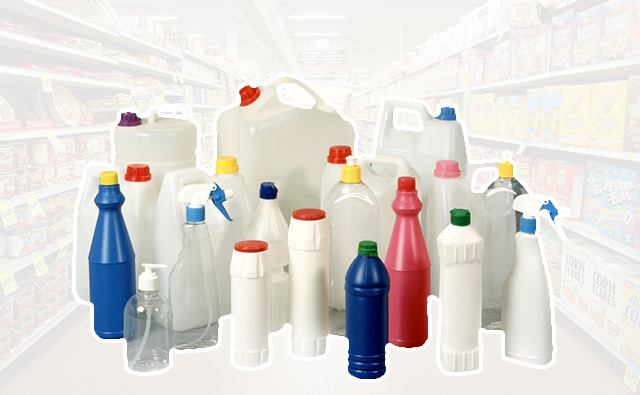Industry News, HI&I Cleaning Care
Safe Disinfectant Use—It’s the Law

Industry News, HI&I Cleaning Care

Several years ago, the U.S. Environmental Protection Agency (EPA) set up a pilot program to help identify “green” disinfectants. Historically, the term green could not be applied to an EPA-registered disinfectant due to concerns that consumers (both household and professional) might not follow the directions on the label for products marketed as greener and safer.
Despite the initial concerns, the pilot program has been moving ahead with manufacturers submitting disinfectants, along with their test results demonstrating the products’ effectiveness against the harmful microorganisms they advertise to eliminate. If the products conform to specific criteria, they can bear the EPA’s Safer Choice logo.
Despite the ongoing pilot program, contractors and building managers will still be using traditional EPA-registered disinfectants. One of the most important steps they can take to minimize negative impacts of these products on the user and environment is to simply follow the law and product labels when using them.
Most disinfectants have a label that includes the following statement: “It is a violation of federal law to use this product in a manner inconsistent with its labeling.” The label or information provided with the disinfectant also may state that the user of the product “must follow the use directions on the labeling of each [EPA] registered product. Failure to follow the specified use-dilution, contact time, method of application, or any other condition of use is considered a misuse of the product and potentially subject to enforcement action under Federal Insecticide, Fungicide and Rodenticide Act (FIFRA).”
Additionally, following a disinfectant’s instructions precisely will help ensure the product is used correctly the first time, minimizing its environmental impact. For example, the label may indicate that surfaces must be cleaned before a disinfectant is applied. The reason for this is simple; the disinfectant will work more efficiently if soils are removed from the surface, and less disinfectant will be needed.
One of the most frequently occurring violations of the law involves the “contact time,” also known as dwell time. Many cleaning professionals are aware that disinfectants typically require about 10 minutes of dwell time to work properly. But, the disinfectant’s label also should note that during dwell time, the surface must remain wet. If it dries, as surfaces often do in areas with very low humidity, the user must repeat this step.
Another legal issue regarding the use of disinfectants involves dilution. For instance, the label will indicate whether the product is for use at full strength or requires dilution at a specific strength per different requirements. With some disinfectants, the label may even take this a step further and suggest the product be diluted with warm water. This means diluting a disinfectant without measuring the amount of water and, in some cases, using cold water, is against the law. Label instructions also may note to use fresh solution when mixing the disinfectant in a bucket, since soiled water can reduce the disinfectant’s efficacy.
Finally, the label may indicate that all chemical residue be removed from the surface after cleaning. Typically, the term used is “remove excess.” Excess disinfectant left on a surface can cause rapid resoiling. More importantly, people who touch excess disinfectant may accidently ingest it or absorb it through their skin, putting their health at risk.
Using disinfectants as legally instructed is one of the best ways to help protect human health and minimize the potential negative impact of disinfectants on the user and the environment. We are hopeful the EPA pilot program will prove to be a success, leading to the introduction of many more environmentally responsible disinfectants.